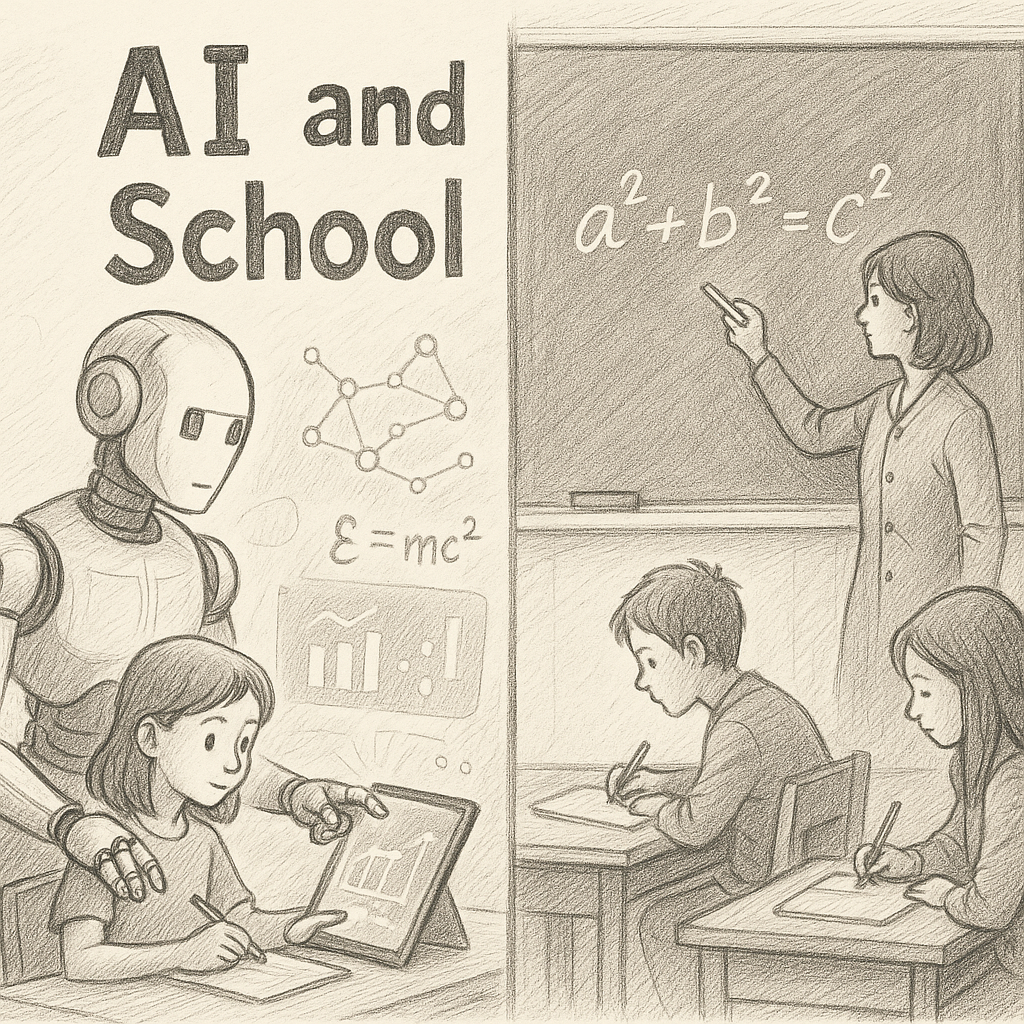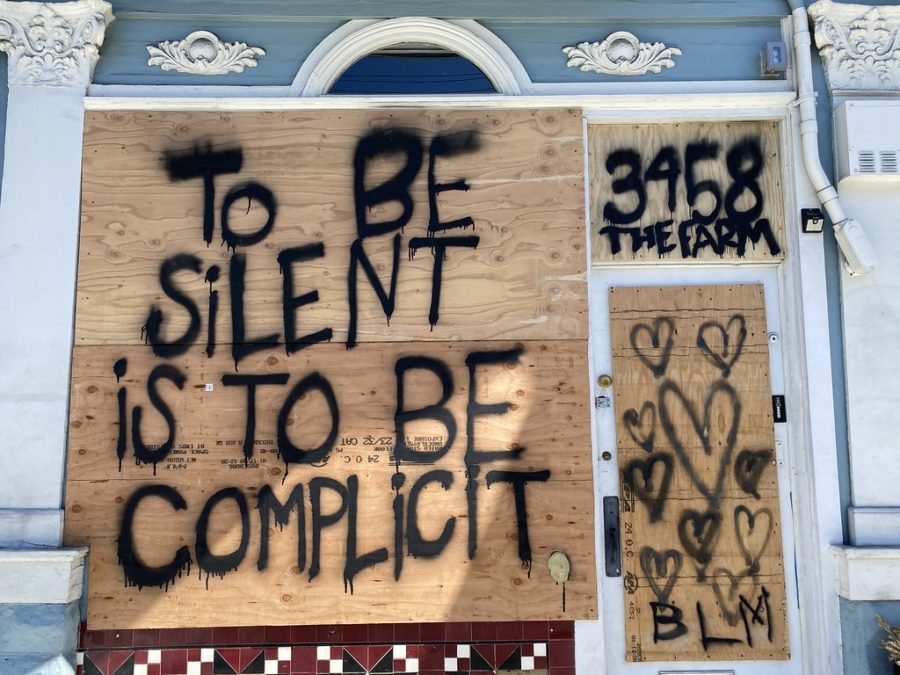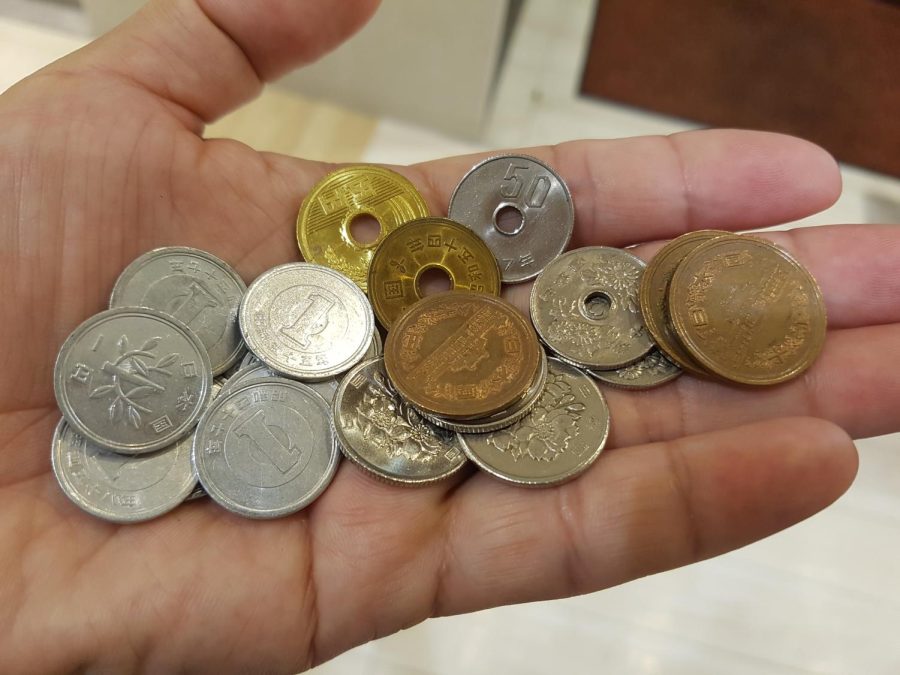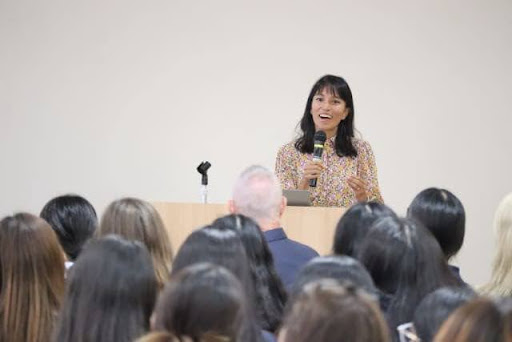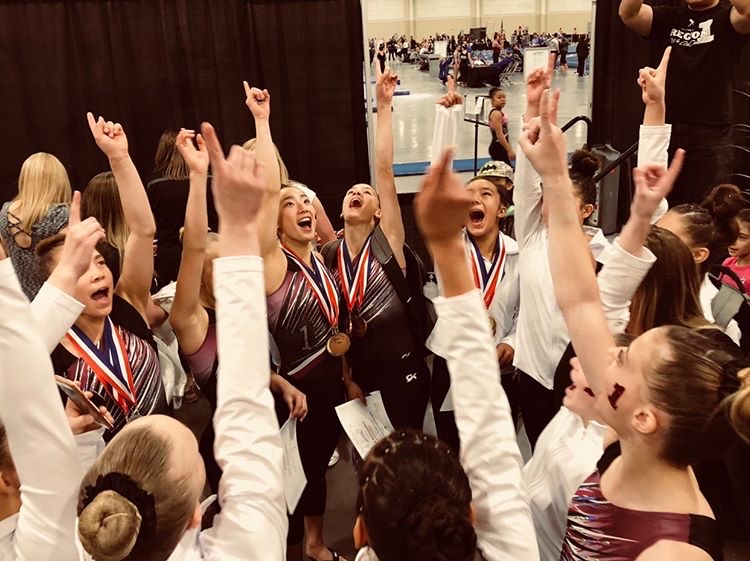Dr. Millam
November 24, 2022
“My name is Dr. Rebeca Millam, I am the new head of innovation and media as well as the AP coordinator.
Before this school, I was in California, where the bulk of my career was in school administration and teaching AP US history.
Growing up, My mom kept saying: “You’re going to go to college.” and that was it. I didn’t know that I wanted to be a teacher, I went to college because I was told to go to college. Once there, I realized I wanted to study history, but I didn’t know what I wanted to do with it. I majored in history, and then I realized that if I taught history, I could talk about it all day, that’s how I got into teaching.
I discovered that I could make a real difference in my community through teaching. Teaching was my way of giving back to my community. I was making all of these connections with kids and their families, and many of them did come from Latinx households, single-parent households, and households that are struggling economically. I connected with that because that’s where I came from. I was having so much fun making great connections with kids and the learning we were doing that I realized, I want to do this every day. I love being an educator, I can make such a big difference. Then I figured, ‘I’m going to go back and get my master’s, I’m going to go back and get my doctorate.’
As I started to travel more, I realized that there’s a whole world outside Orange County (California). Orange County is where I’m from, it’s so comfortable that you can stay there for your whole life. I was at a great school, and I loved everybody I worked with. But, at a certain point, it became monotonous, it’s the same thing year after year. Mr. Millam and I just wanted something more exciting. I had been stuck in California for so long that I just felt like I needed to get out.
While in California, I had a great principal, who all of a sudden left, ‘I’m going to move back to Japan. I’m going to be a principal there.’ she said, I said, ‘Wait, you can do that?’ and she told me about international teaching. I kept thinking, ‘I don’t know if I could do that’, but I knew I had to try.
Mr. Millam and I knew our goal was to teach in Japan, so we decided to take one step every day to somehow make it there, and so we did. ISSH is a great international school where I get to work with female scholars. I get to help empower everyone at this school. My goal here is to teach students to experience new things and feel confident, to be able to go out into the world and make a huge difference. I feel like a lot of scholars here at Sacred Heart are doing that, I want to be a part of that, I want to help with that. My role in this school, as head of innovation and media, is an important one. I try to convince people that there is room for innovation and show them what it looks like. It’s going to take me a while to be able to start programs here at school, but everyone has been so supportive and so patient, I think we can make great things happen.
My success as an educator can be linked to being authentic and working with people who accept my differences in culture, language, and experiences. This is why I love this year’s school theme, “Our differences are our strengths.”
When you celebrate differences, it means that you include everyone, and you’re also making them feel safe, not judged or like they’re going to be looked down upon because of where they come from, the language they speak, or the religion they practice.
I used to work at schools where they would say, ‘we love being diverse,’ but they did nothing to actually show that. Here, the scholars have an opportunity to really showcase how their differences make everything a hundred percent better. Everyone is allowed to be who they are, whether it’s through GSA or a different club. Everyone’s taking this message and showcasing it differently. Everyone’s allowed to be themselves, and ultimately, that’s the goal of diversity, right?
I believe that to further implement the ‘Our Differences are our Strengths’ theme beyond words, schools can hire a more diverse staff and embed cultural differences and values into their teaching and community events. Students should be able to see themselves in the lessons they are being taught.”






